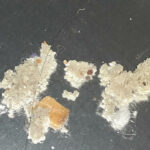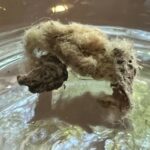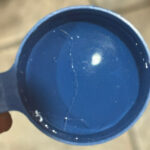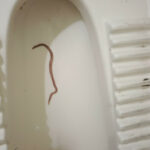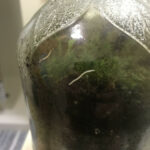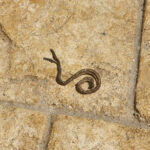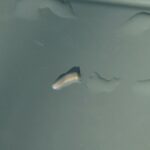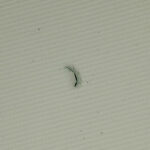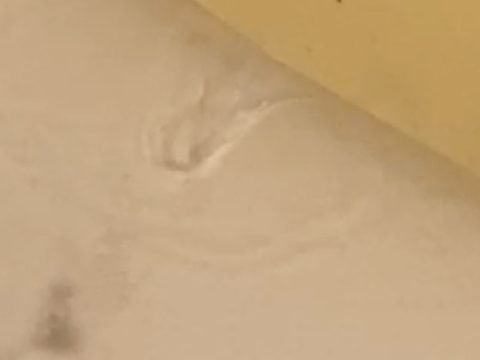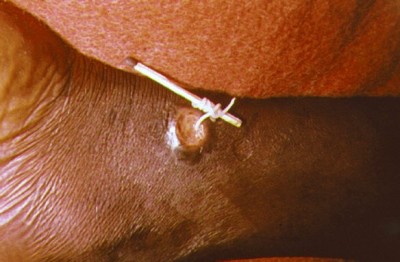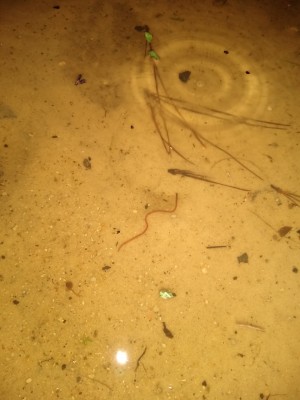
“At least, I think they are worms”, writes Jay in his submission regarding the tubular, orange objects pictured below. “They are in my garden, and clearly invertebrate. I’m in south-central Wisconsin, north of Madison by about 1/2 hour drive.” We have certainly never seen worms that look like these. At first sight, we thought of carrots, albeit hollow carrots. But these are clearly not carrots. That said, they are also not worms. They are actually a species of fungus called Mutinus elegans. These guys have many nicknames, including elegant stinkhorn, dog stinkhorn, headless stinkhorn, and much more.
We are no mushroom experts, so any of the information that we give here will not be Jay’s most credible source of information on this topic: we specialize in identifying worm-like organisms. That said, we will try our best to provide a basic overview of this fungus. Firstly, they are technically edible at earlier stages of their development (when they resemble an egg), but they are not a popular dish in the West. Most importantly, they are not poisonous. The Missouri Department of Conservation’s (MDC) “web page on the elegant stinkhorn” recommends that one still errs on the side of caution when and if eating edible mushrooms. With that said, when the stinkhorns are at the immature stage at which they are supposedly tasty, they can supposedly be confused for amanitas, a genus of mushrooms that are poisonous and not safe to eat. So, if Jay wanted to eat these stinkhorns (not the ones in the photo – they are mature and will not be tasty), he should consult a professional first.
Additionally, these guys are not harmful to one’s gardens, but are actually beneficial. The MDC states that they help break down mulch to make nutrients, much like earthworms do. With that said, the stinkhorns do produce a foul-smelling, sticky ooze (hence the name) that attracts flies. It is these flies that spread the spores of the mushrooms, which is how these would have ended up on Jay’s property. So, if the mushrooms are near Jay’s house, he may want to remove them to avoid attracting flies to his house. If they are not near his house, we recommend that Jay leave them be, as they play an important part in the ecosystem.
In conclusion, the orange, tubular objects Jay found in his garden are not worms or invertebrates, but fungi – specifically elegant stinkhorns! While they are not edible at this stage, they are edible at an earlier stage but should be treated with caution nonetheless. Of course, since Jay has seen these at their mature stage, the younger ones should be safe to eat as the mature ones have already been identified, but since we are no mushroom experts we would still say that consulting the experts on this subject is the best way to go about things. We hope this helps, and we wish Jay the very best.
All About Worms is always free, always reader-supported. Your tips via CashApp, Venmo, or Paypal are appreciated! Receipts will come from ISIPP Publishing.
You might also find these guys interesting!




